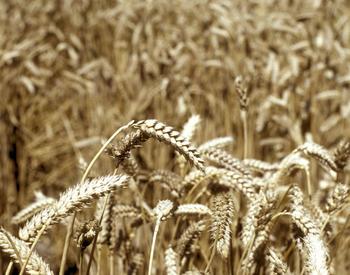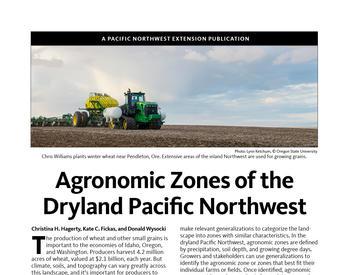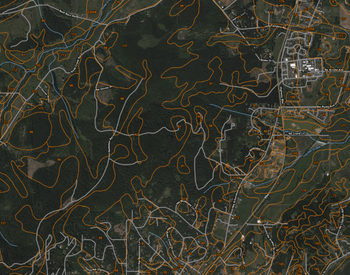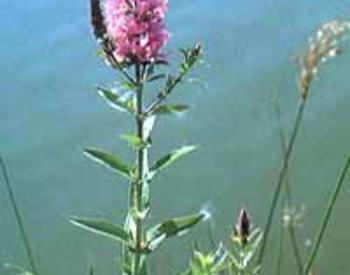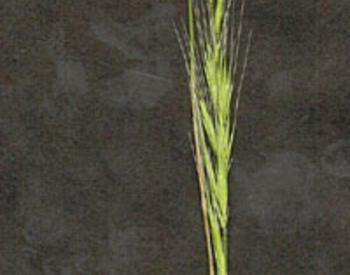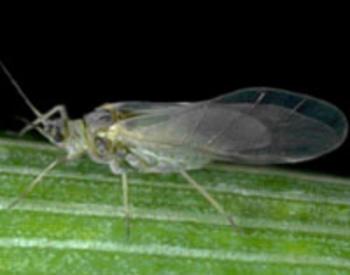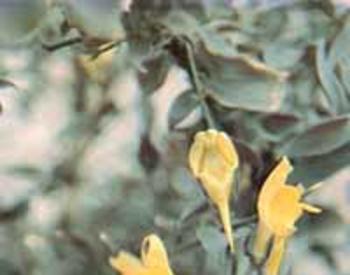Oregon, with its optimal location on the 45th parallel, is well-suited for hemp cultivation. Hemp can be grown for several end products, including CBD, hemp flower, fiber, and grain.
Unlike hemp grown for flower or CBD, grain hemp can easily fit into customary annual cropping systems currently practiced in Oregon. Grain hemp can be cultivated, managed, and harvested with cereals or grass seed production equipment. Adding grain hemp in rotation can increase diversity and may help with improving soil health and pest management of other crops.
The purpose of this article is to review the agronomic recommendations for grain hemp, however, first, it is essential that growers have a license from the Oregon Department of Agriculture before all else and second know where the crop will be sold and delivered well before planting. One company that contracts grain hemp is IND HEMP. If you are considering growing grain hemp, here are key agronomic considerations to grow and manage the crop.
Varieties
Few varieties of grain hemp are commercially available in Oregon. If grown under contract the variety will most likely be specified. X59 and Finola are usually grown. X59 has been grown widely in Canada and the United States. It reaches maturity in about 110 days and attains heights of four to seven feet. Yields at Pendleton (annual precipitation of 16 inches) have been 500 to 1000 lb/acre. In Walla Walla County, in Washington (annual precipitation of 20 inches) yields have reached 1800 lb/acre. We are currently evaluating yield potential of Finola in Oregon.
Sowing rate
For grain production, 12 to 14 pure live seed/ft2 should be sown. This is about 500,000-600,000 seeds/acre. Depending on seed size, this is approximately 30 lb/acre. Seed weight ranges from 15,000 to 27,000 seeds per pound.
Row spacing and sowing depth
Grain hemp should be sown with a grain drill at 6-12 inch spacing. Wider rows are less competitive with weeds. Ideally, the seed should be placed into moist soil about ¾ to 1 inch deep. Uniform depth placement will provide rapid even emergence. Deeper planting is more risky but may be necessary if seedbed water content is marginal and drying conditions are expected immediately after planting.
Tillage systems
Grain hemp can be sown in either tilled or no-till systems. If planted in tilled soil the seedbed should be firm. If needed, pack the seedbed before planting. If no-till planting is used it is recommended to have separation of seed and fertilizer.
Fertility
Total plant available nitrogen should be about 150 lb/acre for an expected yield of 1000 lb/acre . This includes soil test nitrogen plus added fertilizer nitrogen. Applied nitrogen should be in the range of 70 to 140 lb/acre depending on soil test N and expected yield. Phosphate, potassium, and sulfur should be applied according to soil test values. In the deep silt loam soils found in eastern Oregon recommendations for spring wheat can be followed. Commonly, this would be 10 to 20 lb/acre P2O5 and 10 lb/acre sulfur.
Weed management
Currently, Sonalan (PPI) is the only herbicide registered for use in hemp. Several strategies should be used to manage weeds. Effective pre-plant burndown with glyphosate should be practiced if not in organic production. Sow when soil temperatures are consistently at 50 to 55 F for quick emergence. Use narrow row spacing to get earlier canopy closure. Avoid planting in weedy fields.
Disease and insect management
Very little grain hemp has been grown in Oregon. There are several possible diseases and insect pests. Not enough is currently known for the development of recommendations. Scout hemp fields regularly for diseases and insects. Beet leafhopper insect transmitted virus-Beet Curly Top Virus has been found in commercial CBD hemp fields near Hermiston.
Harvest
Grain ripens while much of the plant is still green. About 70% of the seed will mature but the plant will still appear green. Seed color at the base of the flower head will change from green to light brown when seeds are mature. The flower will still be green.
Some growers have swathed hemp to aid dry down prior to harvest. Grain combines can be used for grain harvest. Start with settings for grain sorghum. The long stems can challenge combine, which can wrap on moving parts. Slow harvest speed and keep the header high to get the grain while minimizing stem passing through the combine. The cylinder speed should be 4500-6000 rpm.
